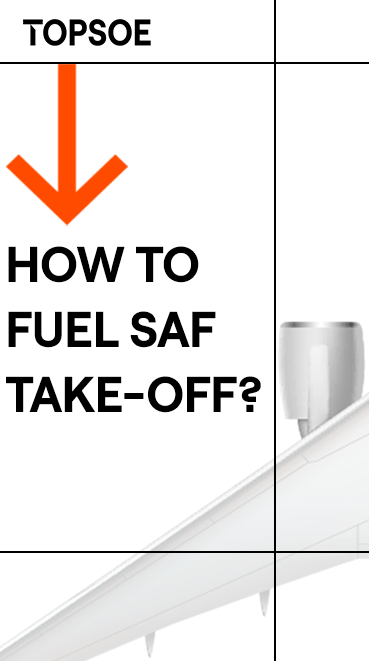New delivery receipt provides aircraft operators standardized documentation on SAF uplift
- The National Air Transportation Association
- Jul 28, 2022
- 2 min read

The National Air Transportation Association in partnership with 4AIR announced July 26 the release of a first-ever sustainable aviation fuel (SAF) receipt for business aviation. The SAF delivery receipt allows fixed-base operators (FBOs) to provide industry-requested, standardized documentation to business-aircraft operators about their uplift of SAF. Aircraft operators can use the new receipt both for certification by 4AIR and others of their efforts to fight climate change, and for compliance with environment, social and corporate governance (ESG) goals.
At present, the largest emissions reductions are enabled by using SAF, but operators currently are receiving different documentation depending on their supplier. Moreover, there is no way to easily link the sustainability documentation to the “last mile uplift” from the FBO to the operator.
“Sustainable aviation fuel is today’s most accessible way to not just offset but actually reduce carbon emissions that contribute to climate change,” said Kennedy Ricci, 4AIR president. “However, many operators were struggling to get the necessary information to report on their use of SAF. Our collaboration with NATA provides a standardized paper trail for everyone in the industry to know what to look for. It both proves and highlights the use of SAF, which will encourage its wider adoption.”
Documenting the feedstock used with a particular uplift is vital to know the carbon intensity of the fuel. Similarly, an operator needs to know the blend of the fuel uplifted to calculate the actual emissions reduced.
The first standardized proof of purchase will make operators more aware of the level of sustainability of the SAF they have uplifted. The documentation—like a W2 for sustainability—allows them to document their use for reporting. This will drive more uplift of SAF or encourage operators to seek it out to arrive or depart from a location where it is available to meet their sustainability goals or enhance their ESG efforts.
“This is another example of the business-aviation industry’s efforts to show that, while carbon and emissions offsets are a critical starting point, we must encourage adoption of SAF and other carbon-reducing technologies wherever available,” said Timothy Obitts, NATA president and CEO. “This formal documentation of the use of SAF fulfills an important industry need and provides a pathway for sustainability to become standard operating procedure throughout business aviation.”


























_gif.gif)




